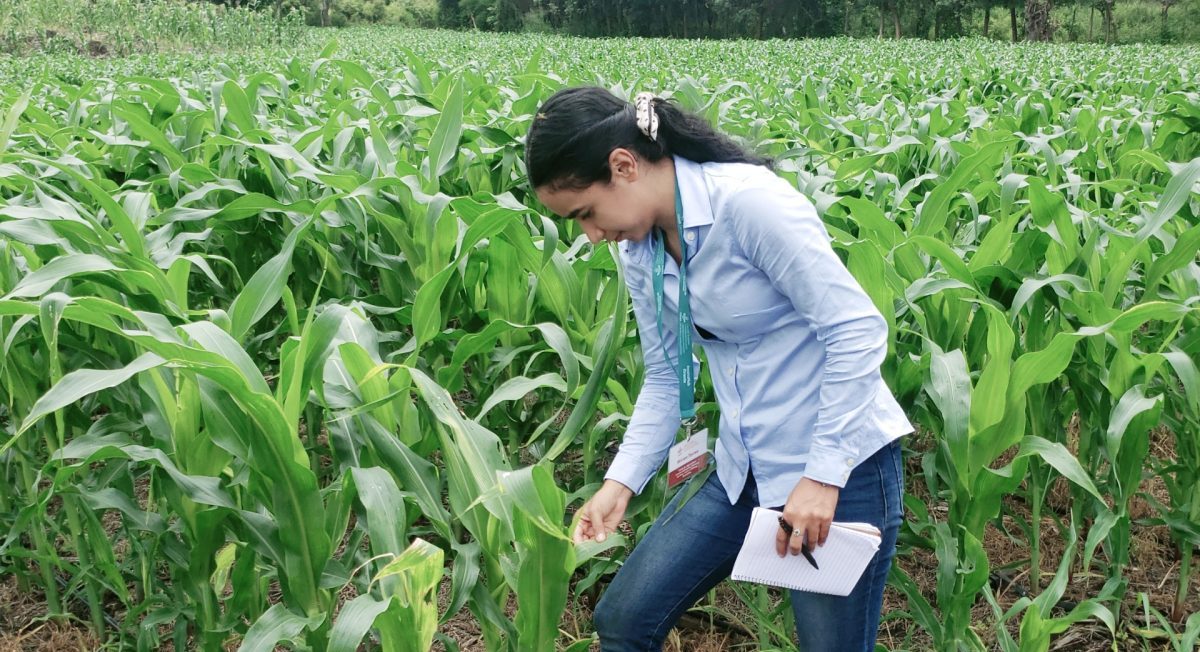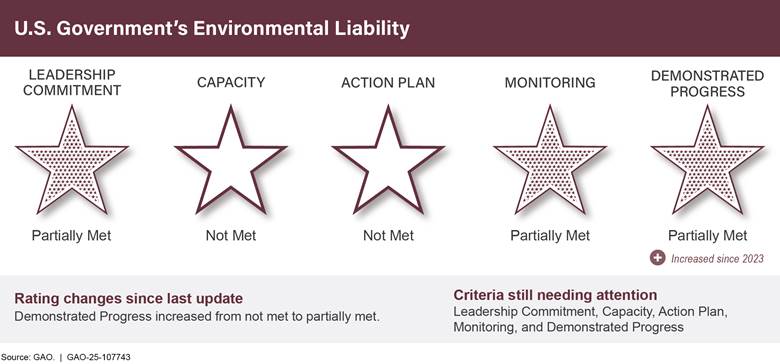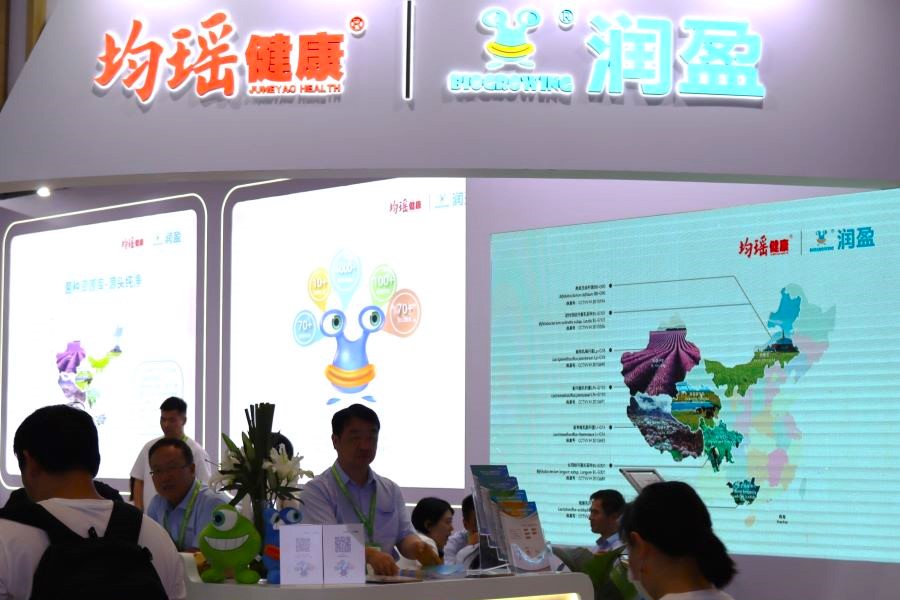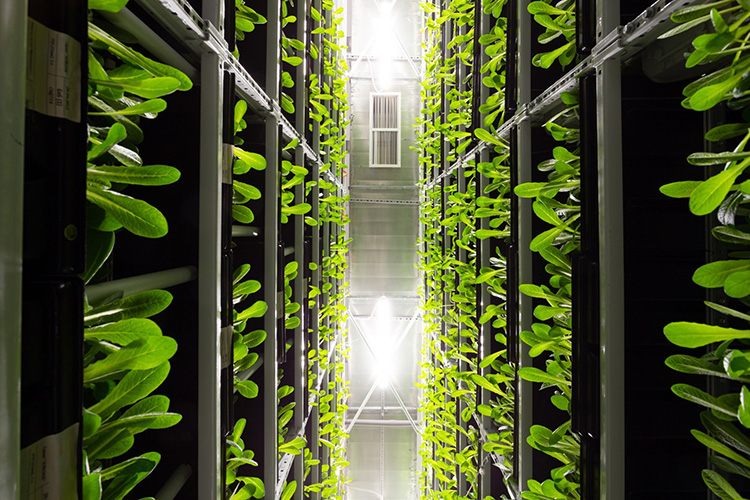
Mirian Lizeth Torres: Empowering Communities through Sustainable Agriculture

Introduction
In the eastern region of Honduras, Mirian Lizeth Torres, an agroindustrial engineer who graduated from the National Autonomous University of Honduras, is making a difference. Her commitment to agricultural sustainability and the empowerment of local communities through sustainable agriculture is evident in her work with the Eastern Regional Farmers Association (ARSAGRO) and with her participation in the InnovaHub Oriente, set within the framework of the AgriLAC Resiliente initiative.
Volunteer Work and Experience
- Mirian volunteered at ARSAGRO in 2023, addressing crucial issues with producers, from events and extension to projects with CIAT that focused on the assessment of plots, water, soil, forest, pests and diseases, bean nutrition, grain quality, among others.
Integration of Theory and Practice
Her participation in the InnovaHub Oriente has been key to integrating theory and practice in the field. She is a student of the conservation agriculture course, where she has explored agronomic practices that improve the sustainability of crops, creating more resilient systems. These practices are shared with producers through innovation modules, which are plots where conservation agriculture innovations are implemented and compared, side by side, with conventional methods.
Knowledge Sharing and Empowerment
- Mirian knows the importance of communicating this knowledge to communities. At events held on these plots, they shared practices and knowledge, reaching producers who were not familiar with these technologies. Thanks to AgriLAC, in 2023 they contributed significantly to the empowerment of producers and organized groups in eastern Honduras.
Inspiring Youth and Women
Additionally, Mirian is proud of her role as an inspiration for the inclusion of youth and women in agriculture. At every event they organize, they see increasing participation of young people and women. The empowerment of women in agricultural activities has been notable, with many resuming activities in the field through the transfer of knowledge.
Encouraging Youth Participation
Looking to the future, Mirian hopes to further encourage youth participation. Her invitation to young people is not to abandon the field, but rather that they get involved in agricultural issues to contribute to the livelihood of their families and, at the same time, reduce migration.
A Sustainable and Equitable Agricultural Future
In a world where sustainable agriculture is essential, Mirian Lizeth Torres has assumed solid leadership from the field, helping her community move towards a more sustainable and equitable agricultural future.
SDGs, Targets, and Indicators
-
SDG 2: Zero Hunger
- Target 2.3: By 2030, double the agricultural productivity and incomes of small-scale food producers, in particular women, indigenous peoples, family farmers, pastoralists, and fishers, including through secure and equal access to land, other productive resources and inputs, knowledge, financial services, markets, and opportunities for value addition and non-farm employment.
- Indicator 2.3.1: Volume of production per labor unit by classes of farming/pastoral/forestry enterprise size.
-
SDG 5: Gender Equality
- Target 5.a: Undertake reforms to give women equal rights to economic resources, as well as access to ownership and control over land and other forms of property, financial services, inheritance, and natural resources, in accordance with national laws.
- Indicator 5.a.1: (a) Proportion of total agricultural population with ownership or secure rights over agricultural land, by sex; and (b) share of women among owners or rights-bearers of agricultural land, by type of tenure.
-
SDG 8: Decent Work and Economic Growth
- Target 8.6: By 2020, substantially reduce the proportion of youth not in employment, education or training.
- Indicator 8.6.1: Proportion of youth (aged 15-24 years) not in education, employment, or training.
-
SDG 12: Responsible Consumption and Production
- Target 12.6: Encourage companies, especially large and transnational companies, to adopt sustainable practices and to integrate sustainability information into their reporting cycle.
- Indicator 12.6.1: Number of companies publishing sustainability reports.
-
SDG 15: Life on Land
- Target 15.3: By 2030, combat desertification, restore degraded land and soil, including land affected by desertification, drought and floods, and strive to achieve a land degradation-neutral world.
- Indicator 15.3.1: Proportion of land that is degraded over total land area.
Explanation:
1. SDG 2: Zero Hunger is addressed in the article through the focus on agricultural sustainability and the empowerment of local communities through sustainable agriculture. The target identified is Target 2.3, which aims to double the agricultural productivity and incomes of small-scale food producers, particularly women, indigenous peoples, family farmers, pastoralists, and fishers. The indicator mentioned is Indicator 2.3.1, which measures the volume of production per labor unit by classes of farming/pastoral/forestry enterprise size.
2. SDG 5: Gender Equality is connected to the article through the mention of the empowerment of women in agricultural activities. The target identified is Target 5.a, which calls for reforms to give women equal rights to economic resources and access to ownership and control over land and other forms of property. The indicator mentioned is Indicator 5.a.1, which measures the proportion of total agricultural population with ownership or secure rights over agricultural land, by sex.
3. SDG 8: Decent Work and Economic Growth is relevant to the article through the mention of youth participation in agriculture and the reduction of migration. The target identified is Target 8.6, which aims to substantially reduce the proportion of youth not in employment, education, or training. The indicator mentioned is Indicator 8.6.1, which measures the proportion of youth (aged 15-24 years) not in education, employment, or training.
4. SDG 12: Responsible Consumption and Production is connected to the article through the focus on sustainable agriculture practices. The target identified is Target 12.6, which encourages companies to adopt sustainable practices and integrate sustainability information into their reporting cycle. The indicator mentioned is Indicator 12.6.1, which measures the number of companies publishing sustainability reports.
5. SDG 15: Life on Land is addressed in the article through the mention of conservation agriculture practices and the restoration of degraded land and soil. The target identified is Target 15.3, which aims to combat desertification, restore degraded land and soil, and achieve a land degradation-neutral world. The indicator mentioned is Indicator 15.3.1, which measures the proportion of land that is degraded over the total land area.
SDGs, Targets, and Indicators
| SDGs | Targets | Indicators |
|---|---|---|
| SDG 2: Zero Hunger | Target 2.3: By 2030, double the agricultural productivity and incomes of small-scale food producers, in particular women, indigenous peoples, family farmers, pastoralists, and fishers, including through secure and equal access to land, other productive resources and inputs, knowledge, financial services, markets, and opportunities for value addition and non-farm employment. | Indicator 2.3.1: Volume of production per labor unit by classes of farming/pastoral/forestry enterprise size. |
| SDG 5: Gender Equality | Target 5.a: Undertake reforms to give women equal rights to economic resources, as well as access to ownership and control over land and other forms of property, financial services, inheritance, and natural resources, in accordance with national laws. | Indicator 5.a.1: (a) Proportion of total agricultural population with ownership or secure rights over agricultural land, by sex; and (b) share of women among owners or rights-bearers of agricultural land, by type of tenure. |
| SDG 8: Decent Work and Economic Growth | Target 8.6: By 2020, substantially reduce the proportion of youth not in employment, education or training. | Indicator 8.6.1: Proportion of youth (aged 15-24 years) not in education, employment, or training. |
|
Behold! This splendid article springs forth from the wellspring of knowledge, shaped by a wondrous proprietary AI technology that delved into a vast ocean of data, illuminating the path towards the Sustainable Development Goals. Remember that all rights are reserved by SDG Investors LLC, empowering us to champion progress together. Source: cimmyt.org
Join us, as fellow seekers of change, on a transformative journey at https://sdgtalks.ai/welcome, where you can become a member and actively contribute to shaping a brighter future.
|







